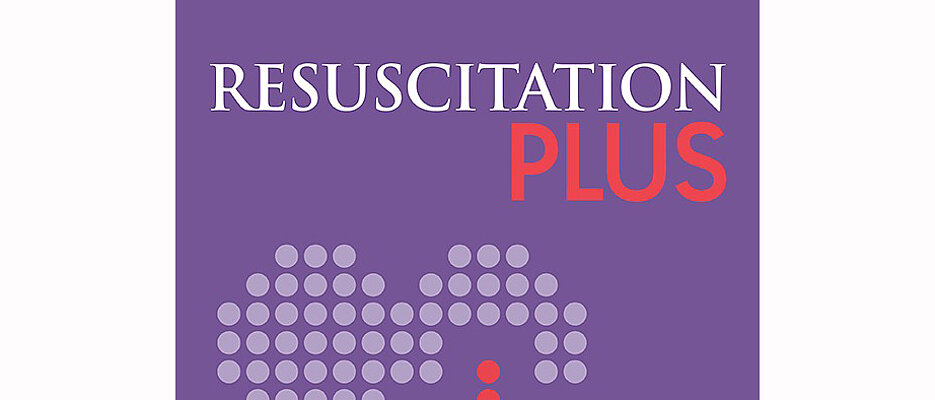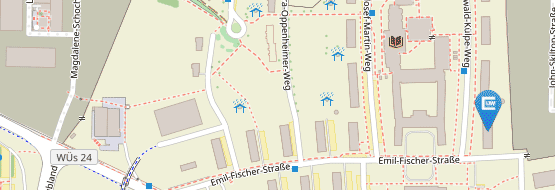Verbesserter Abruf von Übergabeinformationen in einem simulierten Notfalleinsatz
04/15/2024Paul Fischer, Monika Berberich, Patrick Meybohm, Oliver Happel (alle Universitätsklinikum Würzburg), Torsten Smul (Klinikum Passau), Robin Abendschein und Tobias Grundgeiger (beide Lehrstuhl Psychologische Ergonomie) haben zusammen einen neuen Beitrag in der Zeitschrift Resucitation+ veröffentlicht.
In dem Artikel “Improved recall of handover information in a simulated emergency – a randomised controlled trial” wurde gezeigt, dass die Übergabe eines Notfalleinsatzes in einer ablenkungsfreien Umgebung (ohne Sicht auf die Notfallszene) zu einer besseren Informationsaufnahme der Übergabeinformationen führt als mit Sichtkontakt auf die Notfallszene. Der Artikel ist als open access publiziert.
Fischer, P., Abendschein, R., Berberich, M., Grundgeiger, T., Meybohm, P., Smul, T., Happel, O. (2024). Improved recall of handover information in a simulated emergency – a randomised controlled trial. Resucitation+. https://doi.org/10.1016/j.resplu.2024.100612
Zusammenfassung
Background: Handovers during medical emergencies are challenging due to time-critical, dynamic and oftentimes unorderly and distracting situations. We evaluated the effect of distraction-reduced clinical surroundings during handover on (1) the recall of handover information, (2) the recall of information from the surroundings and (3) self-reported workload in a simulated in-hospital cardiac arrest scenario.
Methods: In a parallel group design, emergency team leaders were randomly assigned to receive a structured handover of a cardio-pulmonary resuscitation (CPR) either inside the room (“inside group”) right next to the ongoing CPR or in front of the room (“outside group”) with no audio-visual distractions from the ongoing CPR. Based on the concept of situation awareness, the primary outcome was a handover score for the content of the handover (0–19 points) derived from the pieces of information given during handover. Furthermore, we assessed team leaders’ perception of their surroundings during the scenario (0–5 points) and they rated their subjective workload using the NASA Task Load Index.
Results: The outside group (n = 30) showed significant better recall of handover information than the inside group (n = 30; mean difference = 1.86, 95% CI = 0.67 to 3.06, p = 0.003). The perception of the surroundings (n = 60; mean difference = −0.27, 95% CI = −0.85 to 0.32, p = 0.365) and the NASA Task Load Index (n = 58; mean difference = 1.1; p = 0.112) did not differ between the groups.
Conclusions: Concerning in-hospital emergencies, a structured handover in a distraction reduced environment can improve information uptake of the team leader.



